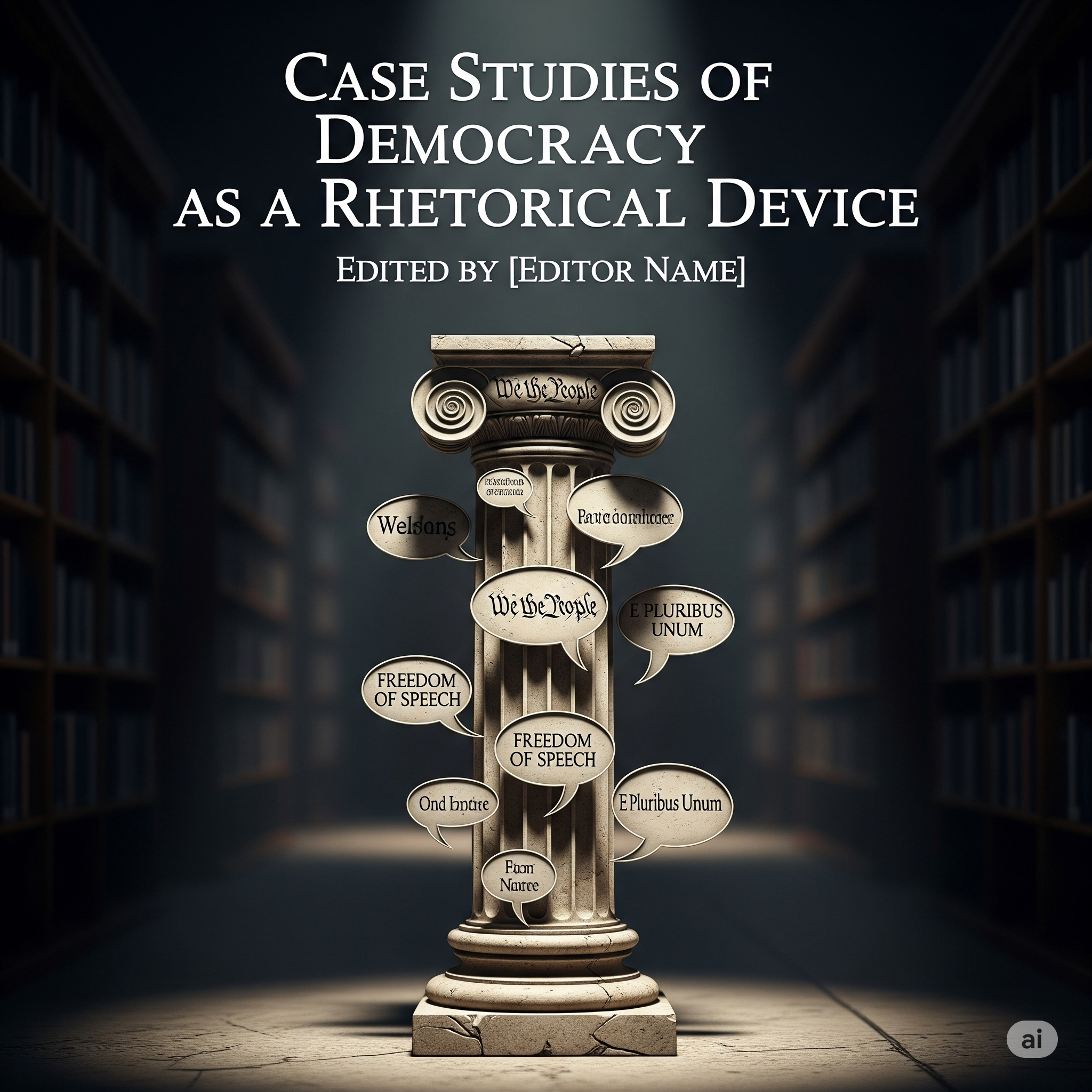
Case Studies of Democracy as a Rhetorical Device: What Lies Beneath in India?
New Delhi, India, 2025 — Democracy, often hailed as a governance ideal, is sometimes wielded as a rhetorical device to gain legitimacy while concealing systemic inequities and unfulfilled promises. In India, democracy is celebrated for its universal suffrage and vibrant electoral system. However, beneath the surface, the concept is occasionally manipulated to serve political or ideological agendas, raising questions about its true implementation.
This article delves into India-centric case studies to examine how democracy can be used as a rhetorical tool and what lies beneath its façade.
Case Study 1: Electoral Bonds and the Illusion of Transparent Elections
Introduced in 2018, electoral bonds were marketed as a tool to bring transparency to political funding. However, the reality tells a different story.
- The Data: According to the Association for Democratic Reforms (ADR, 2024), 72% of electoral bonds purchased between 2018 and 2024 were in favor of ruling parties, with minimal disclosure on donors.
- Impact: While the government portrays electoral bonds as democratic innovations, they obscure the influence of corporate funding on elections, limiting accountability and transparency.
- Reality Check: Democracy becomes rhetorical when citizens are unaware of the financial forces shaping their choices.
Case Study 2: The Citizenship Amendment Act (CAA), 2019
The CAA was framed as a humanitarian effort to grant citizenship to persecuted minorities from neighboring countries. However, its exclusion of Muslims sparked nationwide protests.
- The Issue: Critics argue that the act contradicts the secular ethos of the Indian Constitution.
- Impact: According to a Ministry of Home Affairs (2024) report, over 4 million applicants benefited from the act, but concerns about exclusionary practices persist.
- Reality Check: Framing policies as democratic measures while marginalizing specific communities highlights the use of democracy as a rhetorical tool to justify divisive agendas.
Case Study 3: Media and the Democratic Narrative
India boasts a free press as a pillar of its democracy, but increasing corporate and political control has undermined this claim.
- The Data: India ranked 150th in the 2024 World Press Freedom Index, reflecting declining journalistic independence.
- Example: Media outlets often amplify government narratives while sidelining dissent, shaping public opinion in favor of ruling agendas.
- Reality Check: When democracy is reduced to a controlled narrative, the free flow of information—a cornerstone of democratic governance—is compromised.
Case Study 4: Delayed Implementation of Judicial Reforms
India’s judiciary is celebrated as the guardian of democracy, but its inefficiencies and delays often contradict this role.
- The Data: As of 2024, the Ministry of Law and Justice reported a backlog of 5 crore cases across courts, with delays disproportionately affecting marginalized communities.
- Impact: While judiciary reforms are promised during elections, their implementation remains sluggish, eroding public trust in democratic institutions.
- Reality Check: Promises of judicial reforms serve as rhetorical commitments, masking the reality of systemic inefficiencies.
Challenges of Democracy as a Rhetorical Device
- Polarization and Communal Rhetoric
- Example: The Election Commission of India (2025) flagged a 20% rise in communal rhetoric during campaigns since 2019, often used to galvanize voter bases.
- Impact: Such tactics prioritize electoral victories over democratic cohesion.
- Marginalization of Minorities
- Policies framed as democratic often exclude marginalized communities, reducing their representation and participation.
- Erosion of Institutional Independence
- Example: Executive interference in autonomous institutions like the judiciary and election commission undermines their credibility, as highlighted in the PRS Legislative Research (2024) report.
Path Forward: Strengthening Democracy Beyond Rhetoric
- Transparent Electoral Processes
- Enforcing disclosure of electoral bond donors and capping political donations can enhance accountability.
- Inclusive Policy Frameworks
- Policies like MGNREGA should continue to prioritize marginalized groups to ensure democratic equity.
- Empowering Independent Institutions
- Strengthening the autonomy of the judiciary and media is critical to resisting rhetorical manipulation.
- Civic Education
- Promoting voter education programs can help citizens critically analyze political promises and narratives.
Conclusion: Bridging the Rhetoric-Reality Gap
Democracy in India is a work in progress, vibrant in its aspirations but occasionally reduced to a rhetorical device that masks systemic inequities. While India remains a stronghold of democratic values, vigilance is essential to ensure that the principles of equality, inclusivity, and justice are not overshadowed by political expediency.
By addressing these gaps and fostering transparency, India can move beyond democratic rhetoric and fulfill its promise as a true democracy for all its citizens.


